

Standridge Circle S Ranch
Home of CSR Gold Bar Time and Kid Clusive
Providing Training, Boarding and Breeding of World Class AQHA Horses
The list of benefits of the "Osage Orange" or
"Bois d' Arc" tree are almost limitless.
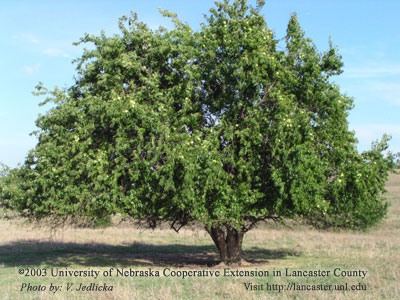
The sharp-thorned trees were planted as cattle-deterring hedges before the introduction of barbed wire. The heavy, closely grained yellow-orange wood is very dense and is prized for tool handles, tree nails, fence posts, electrical insulators and other applications requiring a strong dimensionally-stable wood that withstands rot. Straight-grained osage timber (most is knotty and twisted) makes very good bows. Additionally, a yellow-orange dye can be extracted from the wood, which can be used as a substitute for fustic and aniline dyes. When dried, the wood also makes excellent fire wood that burns long and hot. The fruits, sometimes referred to as the "monkey-brain" fruit, have a pleasant and mild odor, but are inedible for the most part. Although not strongly poisonous, eating it may cause vomiting. The fruits are sometimes torn apart by squirrels to get at the seeds, but few other native animals make use of it as a food source. This is unusual, as most large fleshy fruits serve the function of seed dispersal, accomplished by their consumption by large animals. One recent hypothesis is that the Osage-orange fruit was eaten by a giant ground sloth that became extinct shortly after the first human settlement of North America. An equine species that went extinct at the same time also has been suggested as the plant's original dispersal mechanism because modern horses and other livestock will sometimes eat the fruit. Today, the fruit is sometimes used to deter spiders, cockroaches, boxelder bugs, crickets, fleas, and other insects. However, using the fruit in this fashion, at least for spiders, has been debunked.[1] |
|---|
AKA
Bois d'Arc, Osage Orange, Bodark, Bow Wood,
Hedge Apple, Horse Apple, Naranjo Chino, Yellow Wood
Maclura pomifera
Moraceae
The bois d'arc is native to the rich limestone clay soils where annual rainfall averages 32-35 inches.
However, it is very adaptable to poorer soils and lower moisture levels.
Its fruit is a large, green ball 4 to 6 inches in diameter with a rough suface, very milky inside.
The wood is a characteristic orange, and it is extremely resistant to rot.
Plant Habit or Use: medium tree
Exposure: sun
Flower Color: inconspicuous
Blooming Period: spring
Fruit Characteristics: large yellow-green ball 4 to 6 inches in diameter with a rough surface
Height: to 40 ft. (Some have reported to be 90+ ft.)
Width: 20 to 40 ft.
Plant Character: deciduous
Heat Tolerance: very high high
Water Requirements: low
Soil Requirements: adaptable 2.
Danger:
Parts of plant maybe poisonous if ingested
Plant has spines or sharp edges; use extreme caution when handling
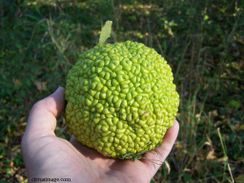
Fruit
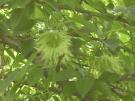
Young Fruit
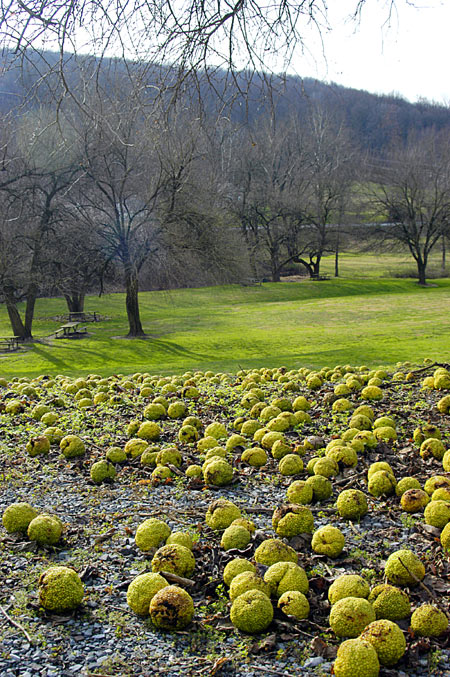
Fruit from good sized tree
Some History The common name, Osage-orange, refers to the Osage Indians from the southern Great Plains and to the large orange shaped fruit which sometimes has a distinctive citrus odor. Osage-orange is also commonly called Bois d’Arc, meaning "bow-wood" in French. The Osage Indians and other Native American tribes made bows from the wood. The bright orange or yellow wood is extremely durable, strong and split-resistant. Today it is highly prized as the best wood for the primitive archer’s bow. It is also used for making fine stringed musical instruments such as violins and harps and for sportsmen’s duck and goose calls. Other names for Osage-orange are horse-apple, yellow-wood, and hedge-apple. Early settlers used the root to make a yellow dye. The bark from the trunk, which is high in tannins, was also used for tanning leather. Osage-orange is valuable as firewood, rating almost as high as coal in producing heat. If burned green, it produces beautiful flames, but watch out for the sparks. Osage-orange, or hedge-apples, have been cultivated since 1818. In the 1880s, before the invention of barbed wire, they were planted extensively as living windbreaks. Planting these densely crowned trees with interlacing, thorny branches created many thousands of miles of hedge 40 feet tall and 30 feet wide. A good hedge was "horse high, bull strong and hog tight." This meant it was tall enough that a horse would not jump it, stout enough that a bull would not push through it and woven so tightly that even a hog could not find its way through! After the invention of barbed wire, farmers learned to appreciate the wood for unbeatable fence posts. The strong dense wood takes decades to succumb to rot or to the attacks of termites. The hedgerows remaining today are considered beneficial habitat islands for wildlife that prefer cover from the prairie. The green spring blooming flowers of Osage-orange are dioecious, meaning the male and female flowers occur on separate trees. In the fall, the female trees bear the huge globose fruit, called syncarp. The fruit, ranging from 4 to 6 inches in diameter, contains hundreds of interior seeds and is milky and acidic. The branches of the tree often bend low from the weight of these heavy fruit. The bright green and glossy leaves are lance-shaped, with a smooth margin and tapered leaf tip. There is a thorn where the leaf attaches to the twig. Osage-orange, native to East and Central Texas and the Red River Valley in southern Oklahoma, is naturalized across eastern North America and into the Pacific Northwest. Its adaptability to a wide range of soils and moisture levels accounts for its widespread distribution far beyond its native range. It is virtually disease and pest free. Its extreme thorniness, however, and heavy fruit makes it a less desirable landscape tree. New male thornless varieties are now being grown. Folklore refers to the settlers as using the fruit of the Osage-orange as a poison for houseflies. Research done at the Department of Entomology at Iowa State University indicates that chemicals produced naturally by the Osage-orange repel German cockroaches. Many claim that using the whole fruit as a natural repellent keeps insects and spiders out of an indoor area for up to two months. Other methods include cutting or mashing the fruit and placing in a dish. This method can increase pest control, but reduces the effectiveness to only two weeks. The fruit is sometimes used in dried flower arrangements as decoration in their natural state. Stop by Jones Park this fall and see this remarkable tree and fruit for yourself. 4. |
|---|
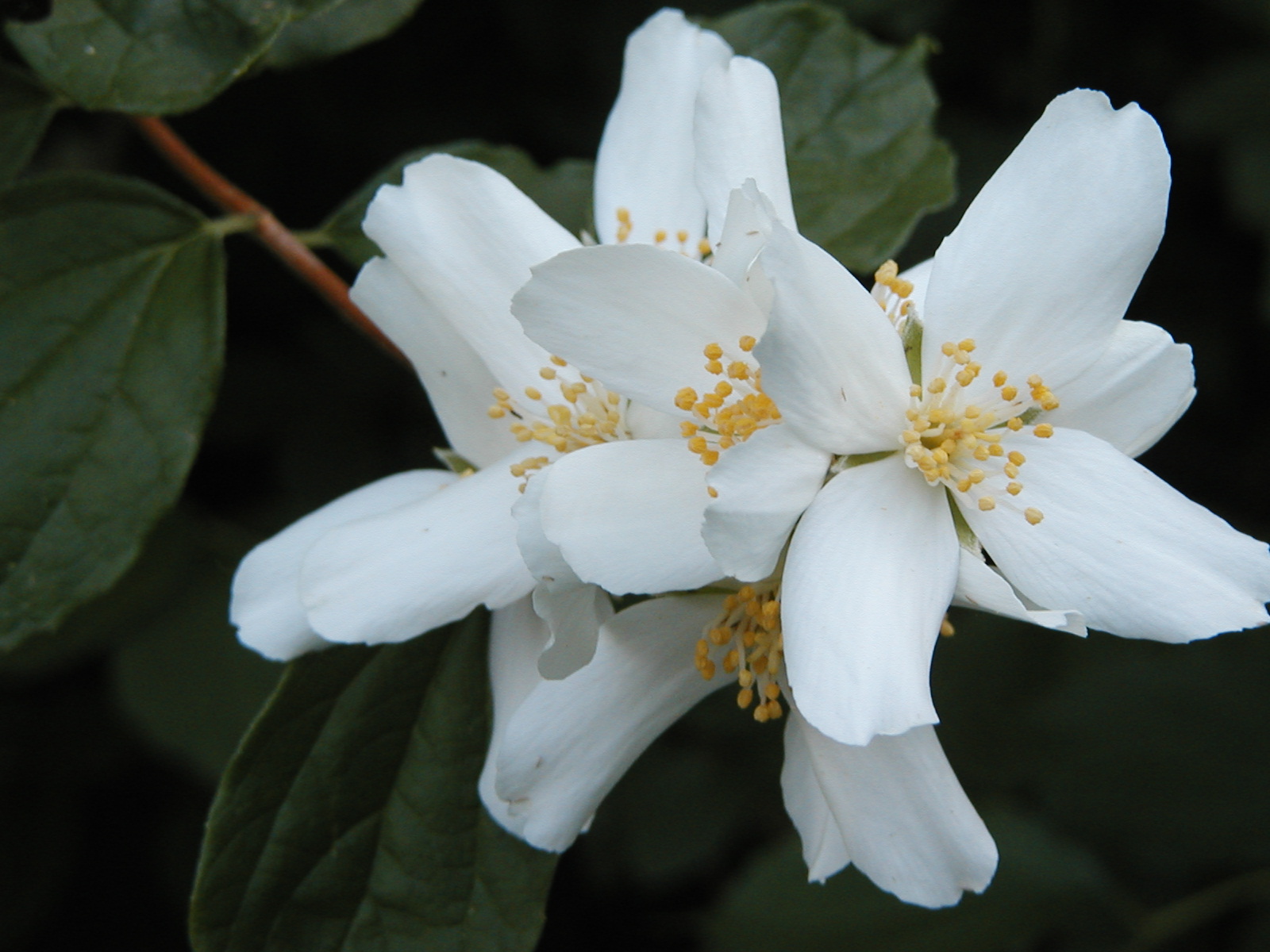
Flower
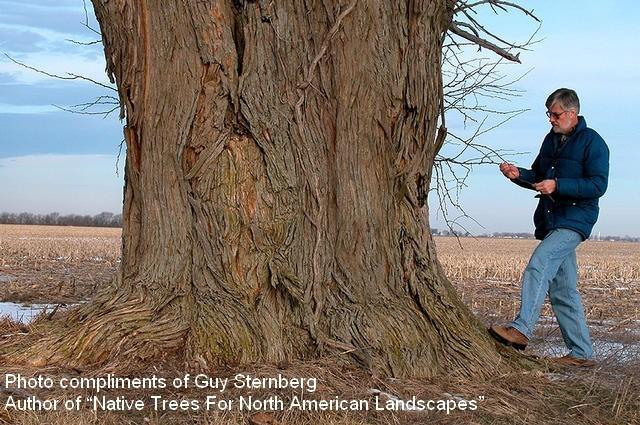
Large Tree
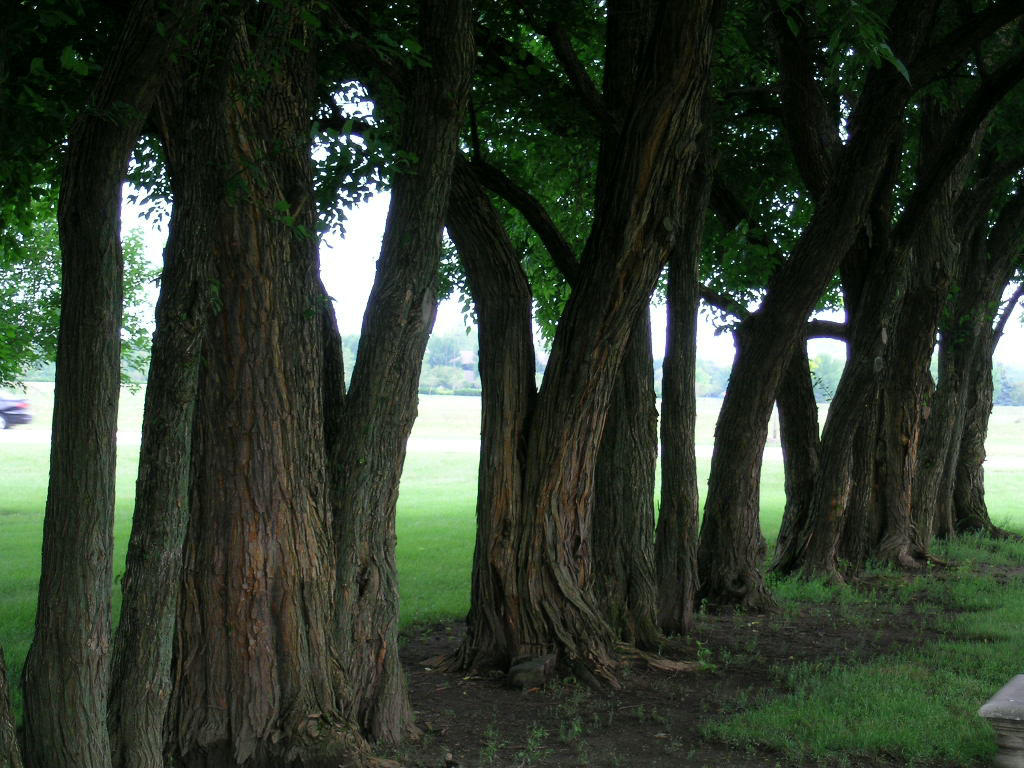
Row of Trees
This unusual yellow wood can be made into many interesting items.
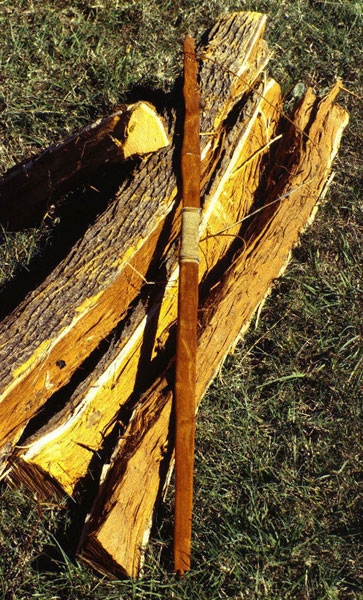
Wood of the Bois D Arc
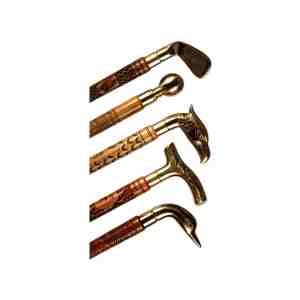
Putter and Walking Cains
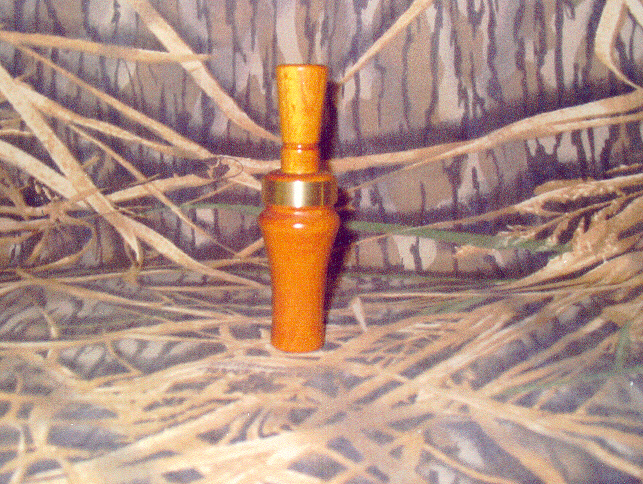
Duck Call
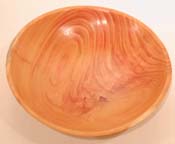
Bowl

Seedlings 60 - 90 days old.
The first season these seedlings are set out grow to about 12-18 inches tall and show a small thorn.
The Deer seem to like to nibble on the young seedlings
The first season seedlings are $19.50 each plus $5.00 shipping and will be ready to ship bare root in December.
We only have about 20 of these trees left, so place your order now for December shipment
Shipping Restrictions
We are unable to ship any live plants to addresses in Arizona or California due to state agriculture restrictions.
Sources and Related links re: Osage Orange
1. http://en.wikipedia.org/wiki/Osage-orange#History
2. http://davesgarden.com/pf/go/54097/
3. http://www.washington.edu/burkemuseum/spidermyth/myths/skineggs.html#hedgeapple
More links: Osage Orange
http://www.windsorplywood.com/nam_hardwoods/osage_orange.html
http://www.extension.umn.edu/projects/yardandgarden/ygbriefs/h249osageorange.html
http://lancaster.unl.edu/hort/Articles/2002/hedgeapple.shtml
http://www.stillmannc.org/Articles/Article--Osage_Orange.htm
http://www.findarticles.com/p/articles/mi_m1016/is_3_106/ai_65774772
Back To Standridge Ranch Home PageStandridge Circle S Ranch
P.O. Box 142, Clarksville, Arkansas 72830
Located: Lamar, Arkansas on Hwy 64 East & I-40 Exit 64
Phone 479-754-8299
Dennis & Kathy Standridge, Owners
email: dennis@standridgeranch.com